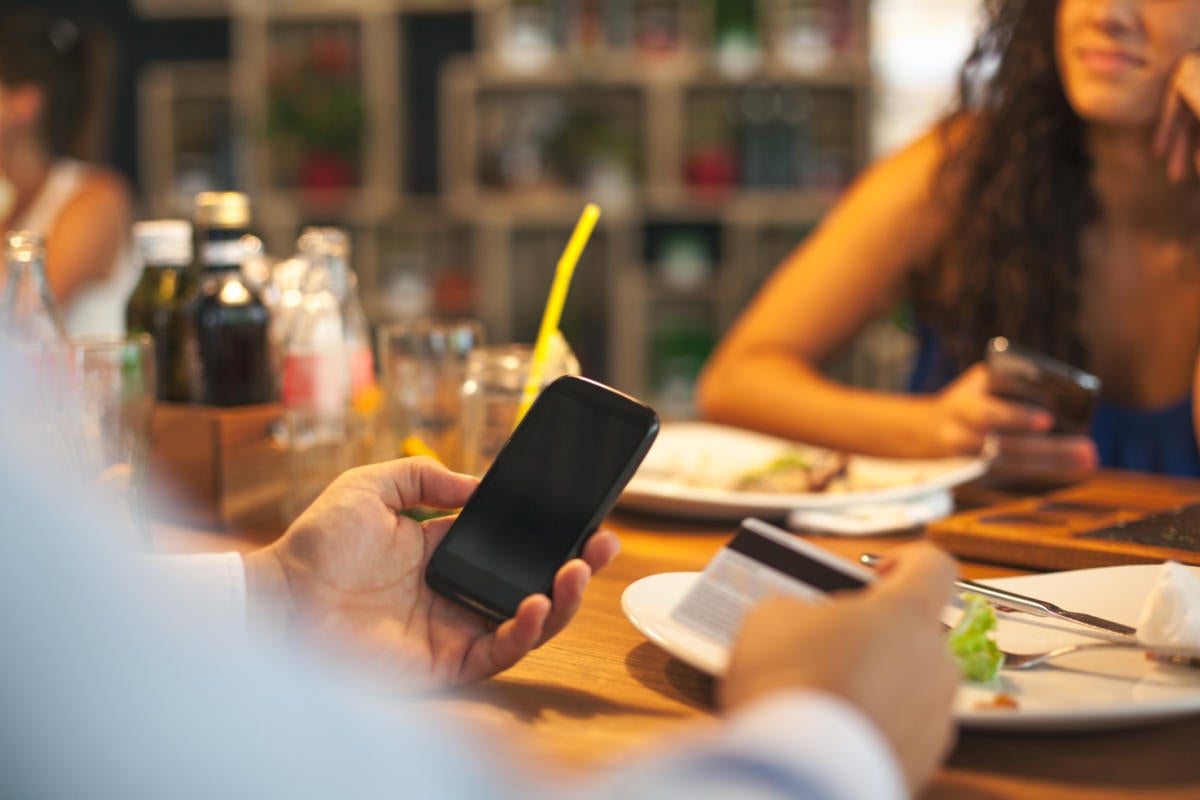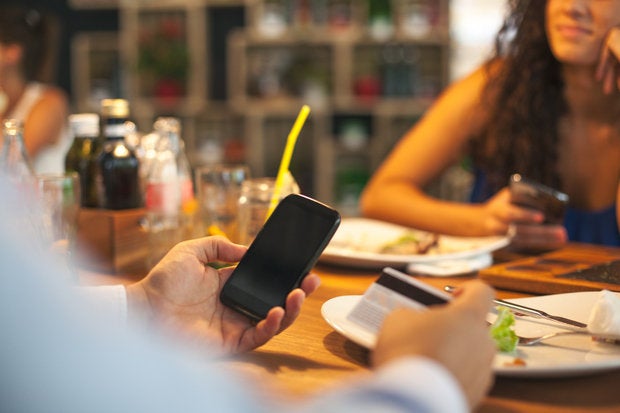
One of the most frequently asked questions in these days of pandemic is, “When will things get back to normal?” Valid answers are generally, “They won’t. Goodbye, handshakes” and “In stages, ending when a vaccine is approved and widely distributed.” When it comes to payments, the answers are more complicated, but not any more comforting.
Paper money and coins have been plummeting in usage for years, and COVID-19 certainly isn’t going to help. From a retail and finance perspective, those paper and metal currencies are more expensive to manage (to count, to secure), are easy theft targets (stolen stacks of non-marked $20s are about as non-traceable as possible) and a lot slower typically than using mobile payments or credit/debit cards.
But in a COVID environment, how will consumers view the safety of plastic? Can the virus be transmitted via a swipe? What if an employee has to touch the card? A clerk wearing gloves is not reassuring when you see them wearing the same pair through multiple transactions. When I went to get gas this weekend, my wife insisted that I clean the card with an alcohol wipe before putting it back into my wallet. She’s probably not alone in that caution.
Don’t forget that when it comes to this kind of consumer interaction, facts take a back seat to perception. If consumers are scared and worried, no number of stories pointing out that there have been zero such cases of transmission will help.
This leaves contactless and mobile payments. Contactless plastic has never taken hold in a meaningful way in the U.S., and I can’t envision COVID changing that. That really leaves mobile.
With payment, though, mobile can mean three things: a mobile device wirelessly interacting with a physical store-based terminal (as in making an NFC payment with Google Pay or Apple Pay); a mobile device app paying for an online transaction (using ChasePay to pay for a Walmart.com order) that is then shipped; using a mobile device to pay for an online transaction that is then picked up curbside from a store, such as using PayPal to pay for an order to be picked up from Starbucks. (A fourth category is person-to-person transactions, where Venmo or Zelle may come into play. But they’re not major factors in enterprise transactions.)
In-store, NFC terminals will be needed for contactless interactions. A more universal approach — which is likely — is to move the entire payment process online. Instead of paying at a terminal, customers would pay via an app (either in their car or before they’ve left — or even 10 feet away from any associate or customer, but still in the store). This has a secondary benefit of allowing retailers to sharply shrink or even eliminate the payment area and use that space for more merchandise display. Alternatively, the removal of a payment area could allow for better social distancing. (Historical note: When JCPenney tried to remove checkouts from its stores — it didn’t work, not even a little — enabling social distancing wasn’t even a thought. How I long for simpler times.)
There would need to be a security mechanism, but a device or person at the exits scanning for a checkout code should do the trick. A device would be better for social distancing reasons. Beyond giving a massive boost to mobile payments in general, this might be the trick that allows Amazon to sharply accelerate rollout of its Amazon Go stores. Just by luck, those stores are perfectly designed (payments-wide) to handle COVID retail, with just a few modifications for social distancing. They do it all with digital cameras (lots of them) and analytics systems.
Payments consultant Todd Ablowitz, who serves as co-CEO of payments firm Infinicept, said this change will be global and will particularly hit markets that are fond of using paper money, “places like Egypt, Eastern Europe, Central Europe, places like Germany, which is very cash-heavy. [COVID] will make a huge difference, and fast.”
He’s right. Apple Pay, the current mobile payment leader, has been stuck anywhere from 9% to 12% of the payments space for many years. COVID may be what is needed to break through that ceiling, potentially shooting above 40%, 50% or beyond within a year. Google Pay will similarly soar, potentially even overcoming the tendency for Android to be slower to adapt to any new trend. COVID may force the issue for everyone.



